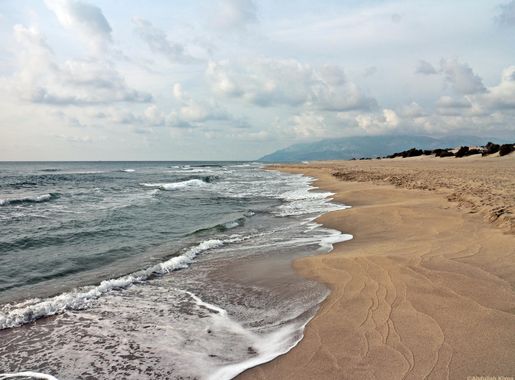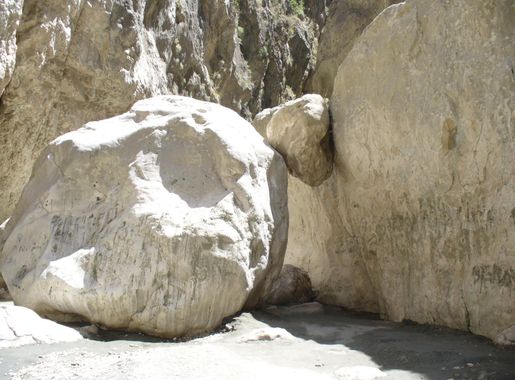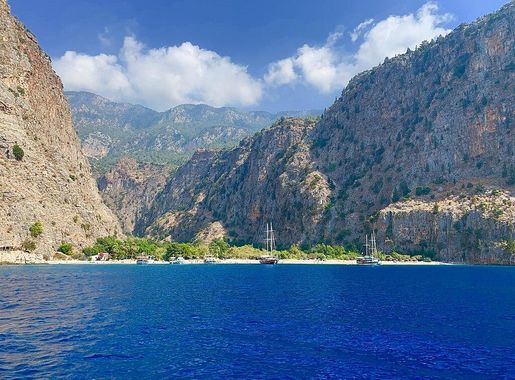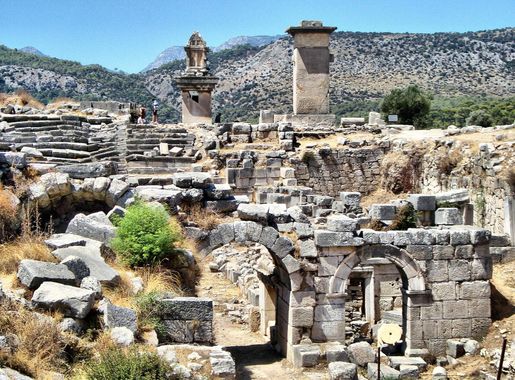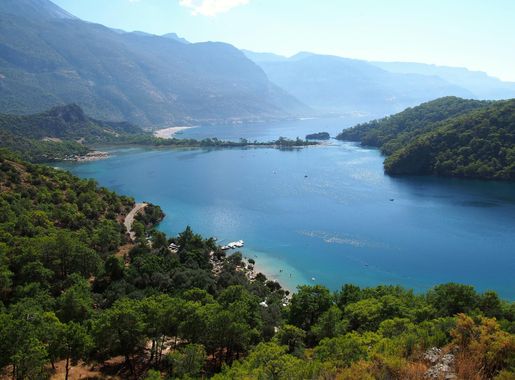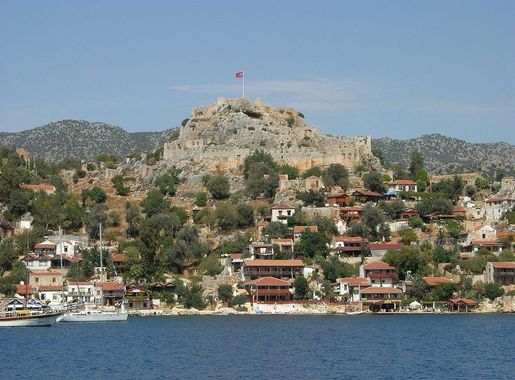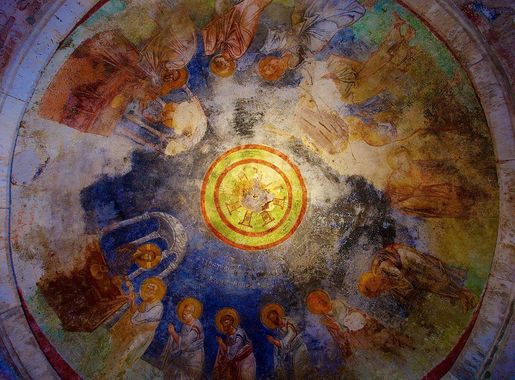
Exploring the Timeless Beauty of the Lycian Way
Discover the Lycian Way in Turkiye: a mesmerizing blend of natural beauty, ancient history, and cultural richness along the stunning southwestern coast.
The Lycian Way in Turkiye is a long-distance footpath that stretches over 500 kilometers along the country's stunning southwestern coast. This trail offers a unique blend of natural beauty and historical intrigue, making it a must-visit for avid hikers and history enthusiasts alike. As you traverse this ancient path, you will encounter breathtaking views of the Mediterranean Sea, charming coastal villages, and remnants of the once-thriving Lycian civilization. The route is well-marked and passes through diverse landscapes, from rugged mountains to lush forests and pristine beaches. Each section of the trail offers its own unique sights and experiences, whether it's the ancient ruins of Patara, the ghost village of Kayaköy, or the vibrant markets of Fethiye. Along the way, you'll also have the chance to experience authentic Turkish hospitality in family-run guesthouses and seaside inns. One of the highlights of the Lycian Way is the opportunity to immerse yourself in the rich history and culture of the region. The Lycians were known for their distinctive rock-cut tombs, many of which can still be seen along the trail. These ancient monuments, combined with the natural beauty of the landscape, create a truly unforgettable experience. Whether you're a seasoned hiker or just someone looking to explore a different side of Turkiye, the Lycian Way offers something for everyone.
Local tips in Lycian Way
- Carry sufficient water, especially during the hot summer months, as some parts of the trail have limited access to fresh water.
- Wear sturdy hiking boots and bring a detailed map or GPS device to navigate the diverse terrains of the trail.
- Consider hiking in the spring or autumn when the weather is milder and the landscapes are lush and green.
- Learn a few basic Turkish phrases; locals appreciate the effort and it can enhance your experience.
- Visit local markets and try traditional Turkish dishes for an authentic culinary experience.
- Respect the historical sites and natural environment by not leaving any litter behind.
Exploring the Timeless Beauty of the Lycian Way
The Lycian Way in Turkiye is a long-distance footpath that stretches over 500 kilometers along the country's stunning southwestern coast. This trail offers a unique blend of natural beauty and historical intrigue, making it a must-visit for avid hikers and history enthusiasts alike. As you traverse this ancient path, you will encounter breathtaking views of the Mediterranean Sea, charming coastal villages, and remnants of the once-thriving Lycian civilization. The route is well-marked and passes through diverse landscapes, from rugged mountains to lush forests and pristine beaches. Each section of the trail offers its own unique sights and experiences, whether it's the ancient ruins of Patara, the ghost village of Kayaköy, or the vibrant markets of Fethiye. Along the way, you'll also have the chance to experience authentic Turkish hospitality in family-run guesthouses and seaside inns. One of the highlights of the Lycian Way is the opportunity to immerse yourself in the rich history and culture of the region. The Lycians were known for their distinctive rock-cut tombs, many of which can still be seen along the trail. These ancient monuments, combined with the natural beauty of the landscape, create a truly unforgettable experience. Whether you're a seasoned hiker or just someone looking to explore a different side of Turkiye, the Lycian Way offers something for everyone.
When is the best time to go to Lycian Way?
Iconic landmarks you can’t miss
Lycia Rock Tombs
Discover the ancient beauty of the Lycia Rock Tombs in Kaş, Antalya, where history meets stunning sea views.
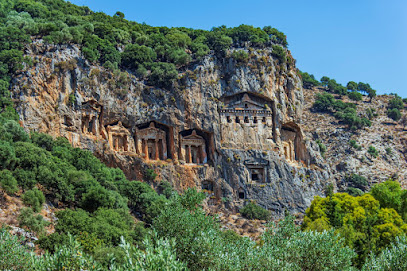
Lycian Way Trail
Explore the stunning Lycian Way Trail, a hiker's paradise showcasing breathtaking landscapes and rich historical treasures along Turkey's southwestern coast.

Lycian Rock-Cut Tombs of Myra
Experience the awe-inspiring Lycian Rock-Cut Tombs of Myra, where ancient history meets breathtaking natural beauty in Antalya, Turkey.
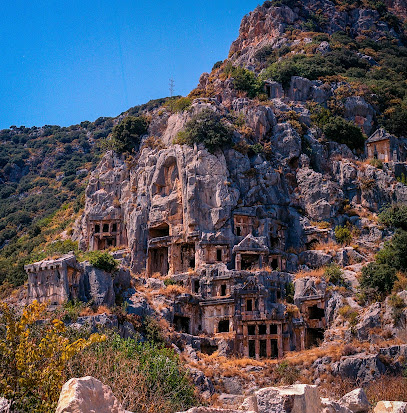
Likya Lahiti (Lycian Sarcophagus) Fethiye
Discover the rich history and stunning artistry of the Likya Lahiti, an iconic Lycian sarcophagus nestled in the beautiful landscapes of Fethiye.
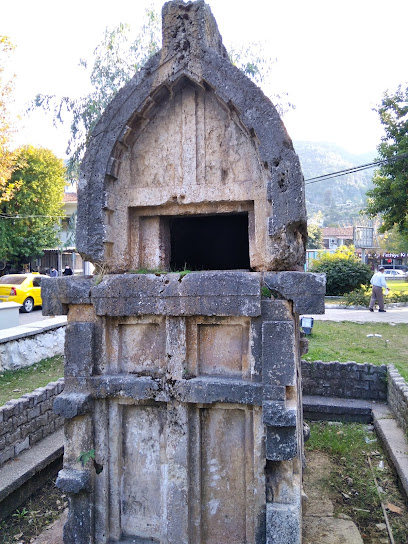
Ancient Lycian tomb
Explore the Ancient Lycian Tombs in Fethiye, a remarkable historical landmark blending rich heritage with stunning Mediterranean views.
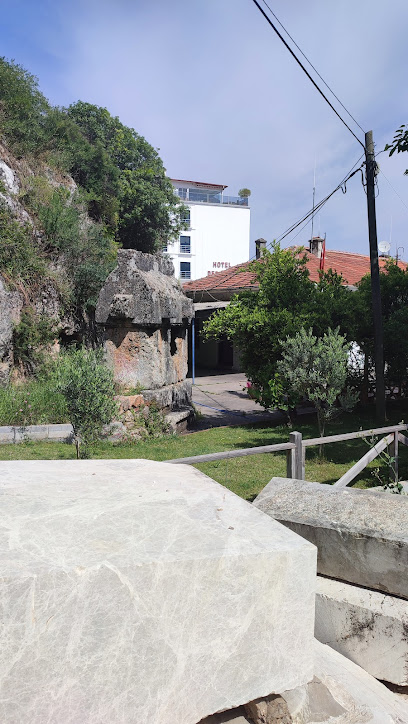
Unmissable attractions to see
TerraCity
Discover the ultimate shopping and dining experience at TerraCity, Antalya's premier mall with top brands and delightful culinary options.
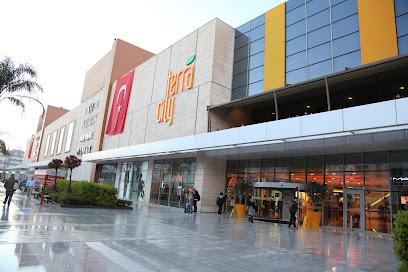
Phaselis Antik Kenti
Explore the enchanting ruins of Phaselis Antik Kenti, where history, nature, and stunning Mediterranean views come together.
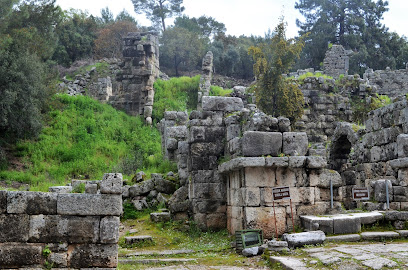
Dolusu Park Kemer
Experience a world of fun and excitement at Dolusu Park Kemer, Antalya's premier water park with thrilling slides and family-friendly attractions.
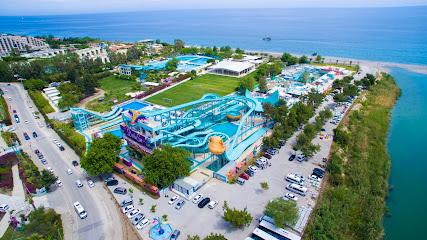
Olimpos Beach
Discover the enchanting beauty of Olimpos Beach, a serene escape with golden sands, azure waters, and rich historical heritage in Antalya, Turkey.
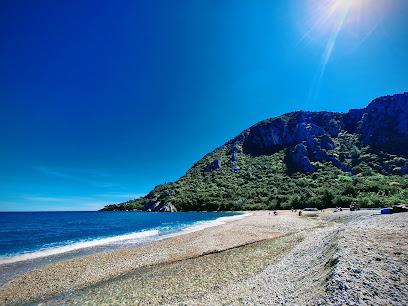
Kuğulu Park
Discover the tranquil beauty of Kuğulu Park in Kemer, Antalya—where nature and relaxation meet.
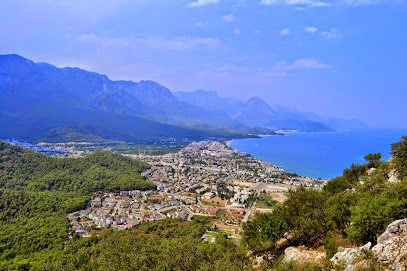
Arykanda
Explore the captivating ruins of Arykanda, a historical site in Finike, Antalya, showcasing the beauty of ancient architecture amidst breathtaking landscapes.
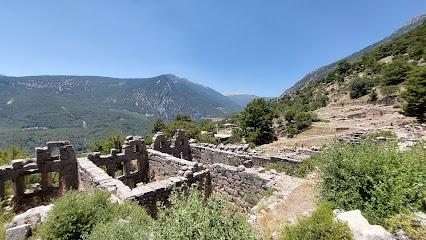
Каньон Гёйнюк Национальный Парк
Explore Göynük Canyon National Park, a stunning wildlife park in Antalya, Turkey, featuring breathtaking landscapes and thrilling outdoor adventures.
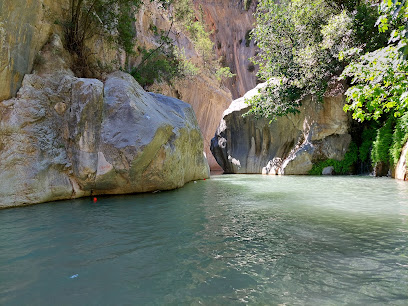
Kapuz Canyon
Explore the breathtaking beauty of Kapuz Canyon, a hidden gem in Antalya, where nature's wonders come alive amidst stunning landscapes.
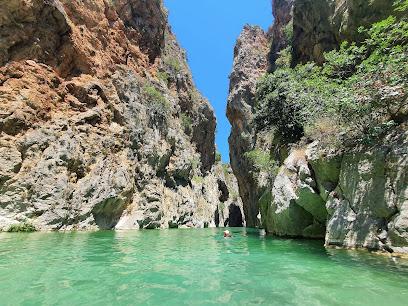
Cutting the outskirts Strait
Discover the stunning natural beauty of Cutting the Outskirts Strait, a serene oasis of drinkable springs and captivating waterfalls in Kemer, Antalya.

Yoruk Park
Explore the vibrant heritage of the Yoruk people at Yoruk Park, Kemer, where culture meets nature in a captivating Turkish landscape.
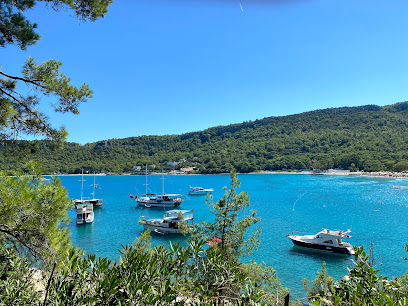
Olbia Parkı
Discover the tranquility of Olbia Parkı in Kemer, a picturesque retreat for relaxation and family fun amidst nature's beauty.
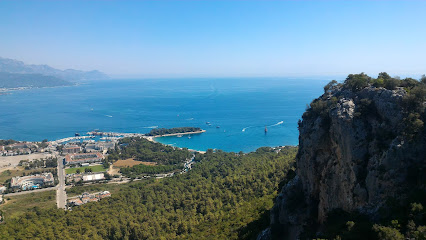
Büyük Taş Koyu
Explore the stunning Büyük Taş Koyu, a hidden gem on Turkey's Mediterranean coast, perfect for swimming, snorkeling, and outdoor adventures.
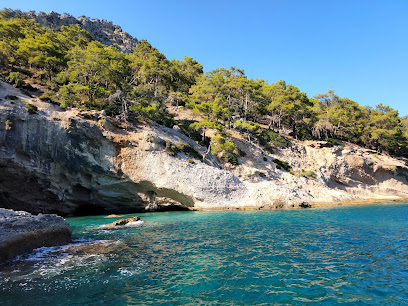
Lycia Rock Tombs
Explore the enchanting Lycia Rock Tombs in Kaş, Antalya—an ancient marvel carved into cliffs with stunning views of the Mediterranean.
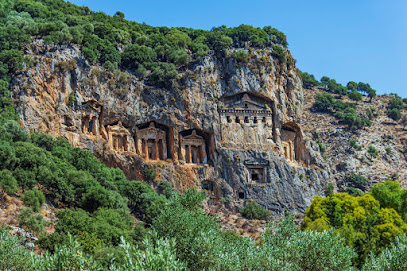
Gedelme Castle
Discover the ancient wonders of Gedelme Castle in Antalya, where history and breathtaking scenery come together for an unforgettable adventure.
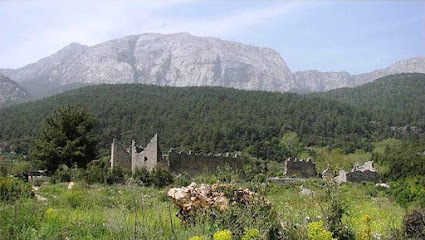
Folklorik Yörük Parkı Açık Hava Müzesi
Explore the Yörük culture at Folklorik Yörük Parkı Açık Hava Müzesi, an enchanting open-air museum in Antalya celebrating rich traditions and heritage.
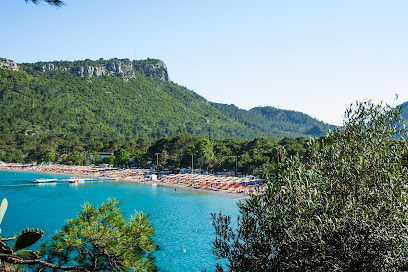
Essential places to dine
McDonald's
Savor familiar favorites at McDonald's in Fethiye - your go-to spot for delicious fast food amidst breathtaking Turkish scenery.
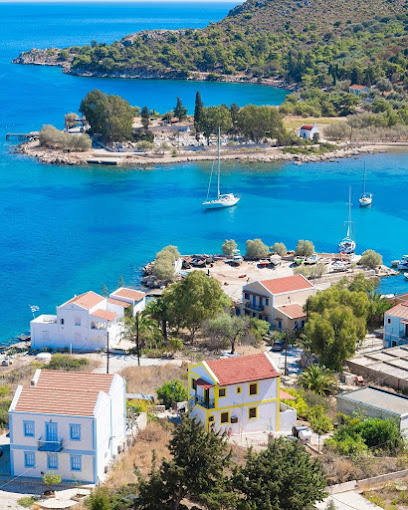
Lebessos Wine Haus Restaurant (Kahvaltıcı Mahmut
Experience authentic Turkish cuisine and fine local wines at Lebessos Wine Haus Restaurant in scenic Kayaköy, Fethiye.
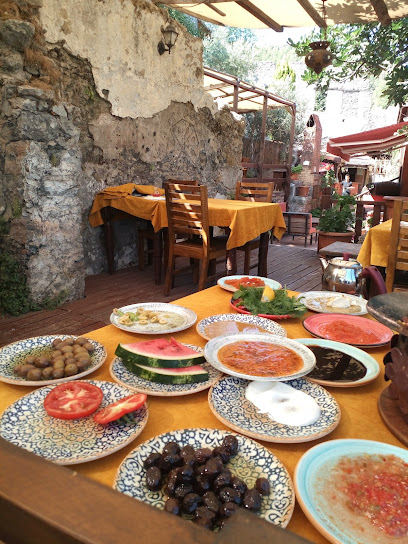
LimonH2O cafe bistro
Experience authentic Turkish cuisine at LimonH2O Cafe Bistro in Fethiye - where every meal tells a story.

Mori Restaurant
Experience exquisite dining at Mori Restaurant in Fethiye's Yacht Classic Hotel with stunning views and exceptional Turkish cuisine.
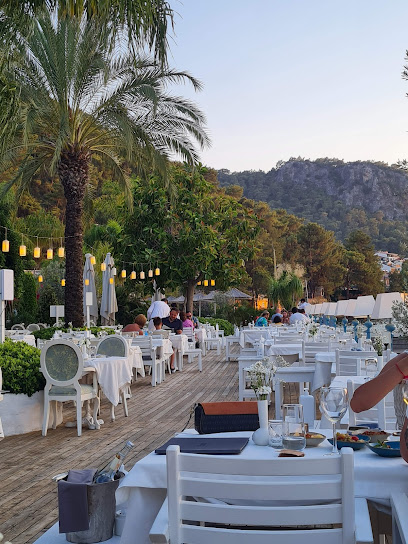
Pan Restaurant Kayaköy
Experience authentic Turkish cuisine in the heart of Kayaköy at Pan Restaurant—a culinary delight surrounded by breathtaking landscapes.
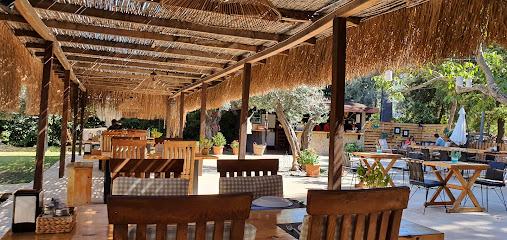
Izela Restaurant
Discover authentic Turkish cuisine in a tranquil garden setting at Izela Restaurant in beautiful Kayaköy.
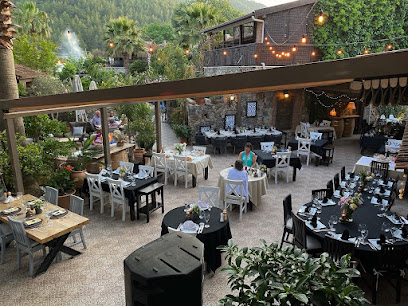
Nara Restaurant
Experience authentic Turkish flavors at Nara Restaurant in Kayaköy – where tradition meets taste amidst stunning historical landscapes.
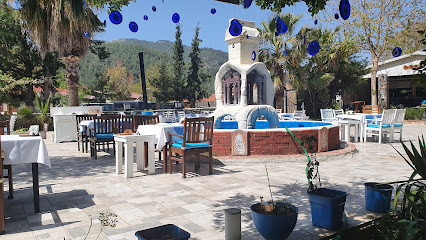
inci restaurant
Experience exquisite flavors at Inci Restaurant in Ölüdeniz – where local ingredients meet breathtaking views.
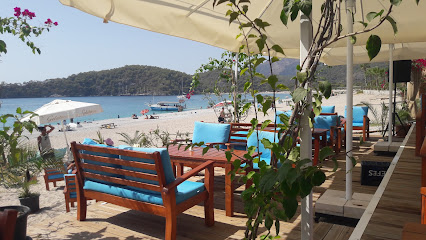
Shine Indian Restaurant
Experience authentic Indian cuisine at Shine Indian Restaurant in Ölüdeniz - where flavor meets tradition in a warm atmosphere.
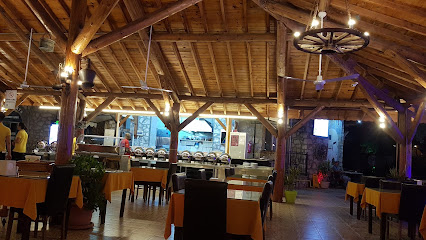
Kelebek Restaurant
Discover authentic Turkish flavors at Kelebek Restaurant in Faralya with stunning views and delightful dishes.
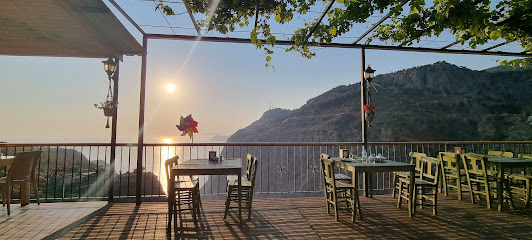
Karizma Restaurant
Discover the exquisite flavors of Turkish cuisine at Karizma Restaurant in Ölüdeniz – where every meal is a celebration of taste.

Ada Restaurant Sovalye Island
Experience breathtaking views and exquisite Turkish cuisine at Ada Restaurant on Sovalye Island – a must-visit for every traveler.

Çalış Beach Indian Restoran
Experience authentic Indian flavors at Çalış Beach Indian Restoran while enjoying breathtaking views of Fethiye's beautiful coastline.
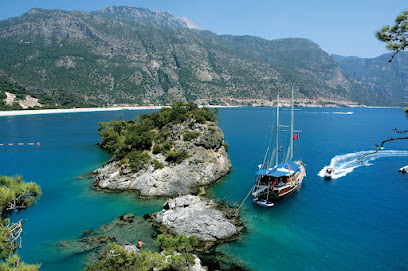
Rokka Restaurant
Experience authentic Turkish cuisine at Rokka Restaurant in Kayaköy, where tradition meets stunning views.

Likya restaurant&camping
Experience authentic Turkish cuisine amidst breathtaking nature at Likya Restaurant & Camping in Karaağaç, Fethiye.
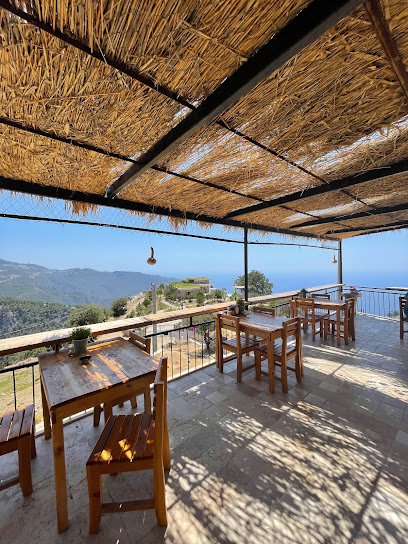
Markets, malls and hidden boutiques
Lycian Way
Discover the beauty and history of the Lycian Way, a premier hiking trail in Turkey that offers breathtaking views and ancient ruins along the stunning coastline.
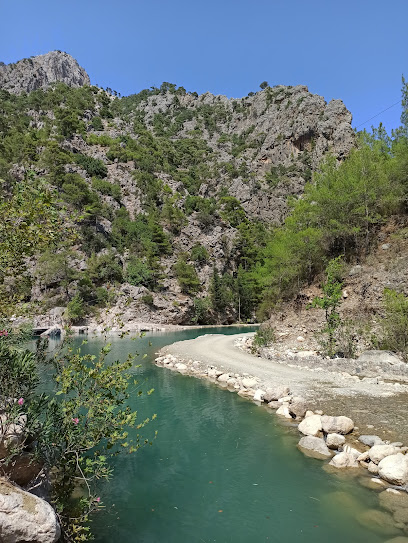
LC Waikiki
Explore stylish and affordable fashion at LC Waikiki in Kemer, a must-visit destination for clothing enthusiasts in Antalya.

KEMER OLD BAZAAR
Explore the bustling Kemer Old Bazaar for unique souvenirs, local cuisine, and an authentic glimpse into Turkish culture.
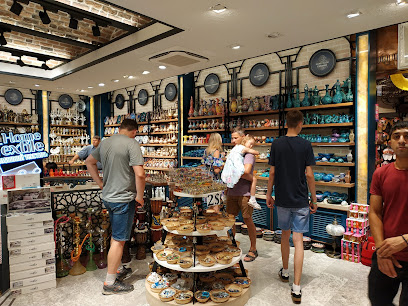
Gallery Mall Outlet
Discover a diverse shopping experience at Gallery Mall Outlet in Göynük, featuring clothing, home goods, and unique souvenirs for the whole family.
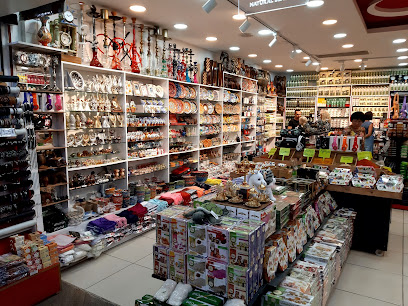
Göypa Market
Explore Göypa Market in Göynük for a delightful shopping experience filled with local flavors and fresh produce, perfect for tourists seeking culinary treasures.

Tigers Leather & Fur
Explore exquisite leather coats at Tigers Leather & Fur in Antalya, where quality craftsmanship meets timeless elegance for discerning fashion lovers.
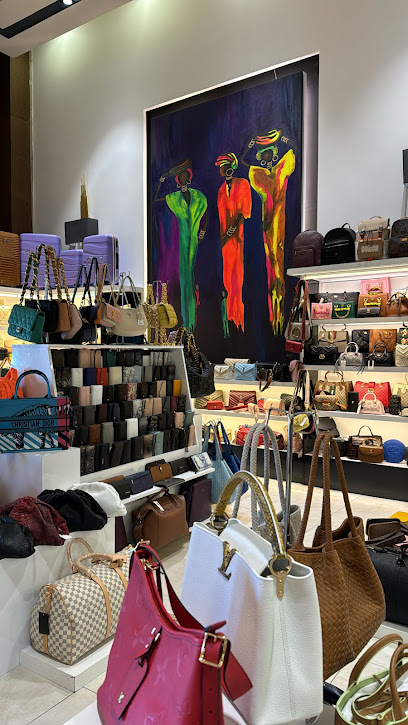
Ronni
Discover exquisite leather coats at Ronni in Göynük, where Turkish craftsmanship meets contemporary style in a beautiful shopping experience.
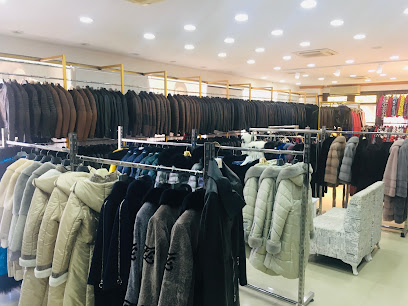
Oscar Bazaar Tekstil
Explore the latest women's fashion trends at Oscar Bazaar Tekstil, a boutique in Kemer, Antalya, offering unique styles for every occasion.
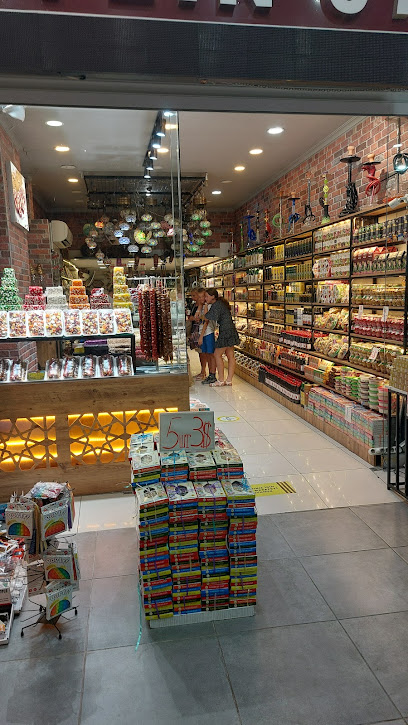
MOLLY BESSA SHOES -Обувь
Discover exquisite footwear at Molly Bessa Shoes in Göynük, Antalya – where style meets quality in every step.
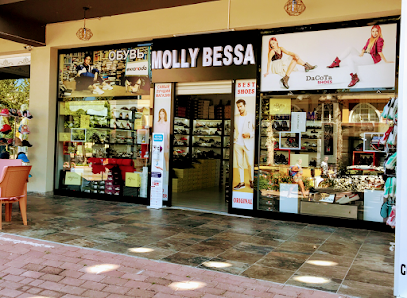
Ottimo
Discover the essence of style at Ottimo in Kemer, Antalya - your go-to clothing store for trendy fashion and unique finds.
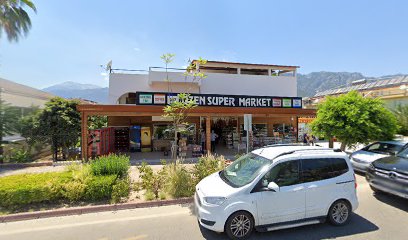
Site Market
Explore Kemer's vibrant Site Market for unique gifts, local beverages, and delightful souvenirs reflecting the essence of Turkey.
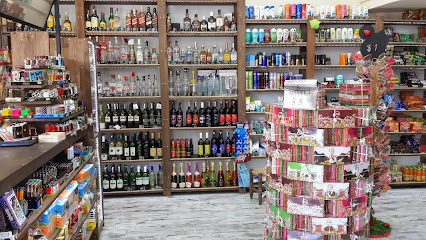
Artista Leather&Fur
Explore exquisite leather and fur fashion at Artista Leather&Fur, Kemer's premier clothing store offering unique style and craftsmanship.
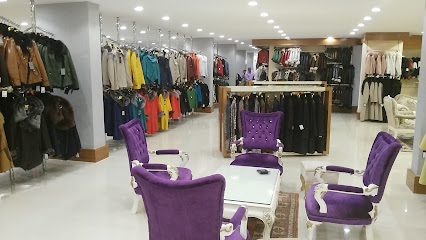
Liza Home
Explore the exquisite offerings at Liza Home, where unique carpets, stylish clothing, and luxurious linens await in the heart of Antalya.
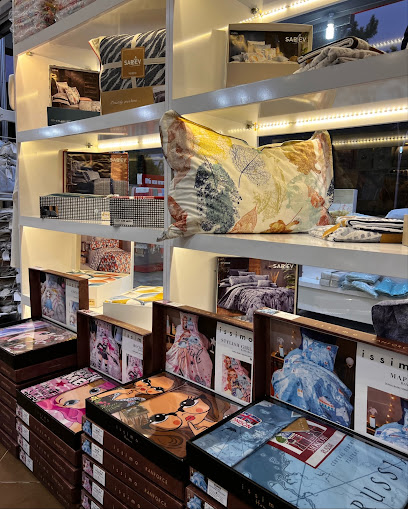
www.Hdmarketim.com
Explore the vibrant Novelty Store in Kemer for unique souvenirs and local crafts that embody the spirit of Antalya.
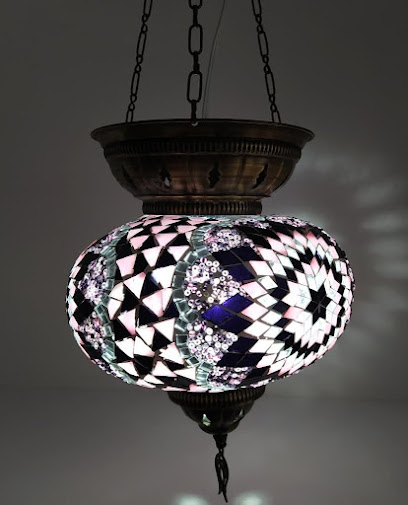
Yaşacan Lederland
Explore stylish clothing and unique fashion finds at Yaşacan Lederland in Göynük, Kemer, a paradise for fashion lovers in Antalya.
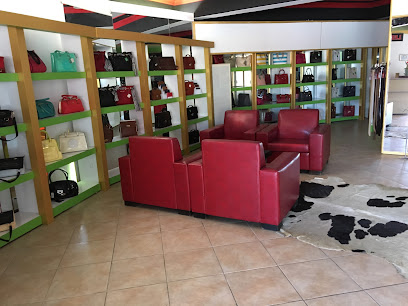
Essential bars & hidden hideouts
Mirada Del Mar Beach Bar
Discover the vibrant Mirada Del Mar Beach Bar in Antalya, where breathtaking views and delicious cocktails create the perfect beachside escape.
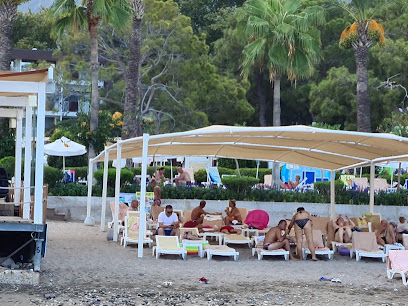
@NJOY CAFE BAR
Discover NJOY Cafe Bar in Kemer, Antalya, where vibrant nightlife meets delicious food and refreshing drinks for an unforgettable experience.
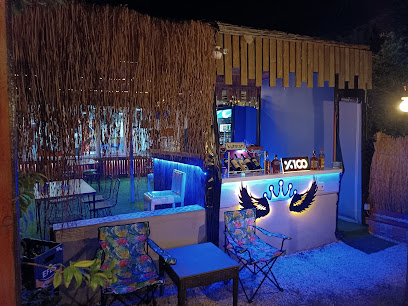
TimsPub Cafe Cocktail's and Hookah's
Discover TimsPub Cafe in Göynük – a lively bar offering exquisite cocktails, flavorful hookahs, and an unforgettable ambiance for tourists seeking relaxation.
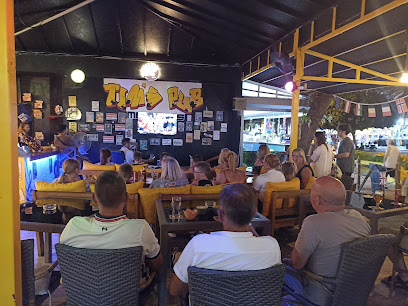
Sir Williams Pub & Bistro
Unwind at Sir Williams Pub & Bistro in Kemer, where delightful cuisine meets a vibrant atmosphere for an unforgettable dining experience.

The Sunset Bar at Paloma Foresta
Experience breathtaking sunsets and vibrant nightlife at The Sunset Bar at Paloma Foresta in Beldibi, Antalya's scenic gem.
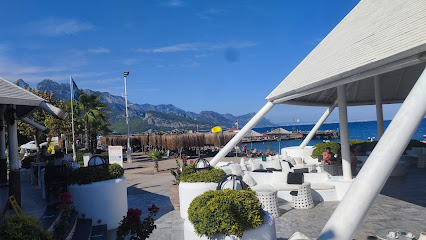
Laurus Cafe Bar
Discover tranquility at Laurus Cafe Bar in Göynük, where refreshing drinks and a serene atmosphere await you in the heart of Antalya.
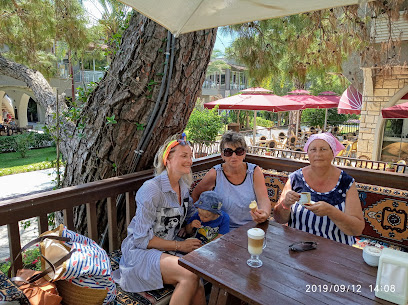
BoB Cafe Karaoek PuB
Discover the vibrant nightlife at BoB Cafe Karaoke Pub in Kemer, where unforgettable musical moments and lively entertainment await every visitor.
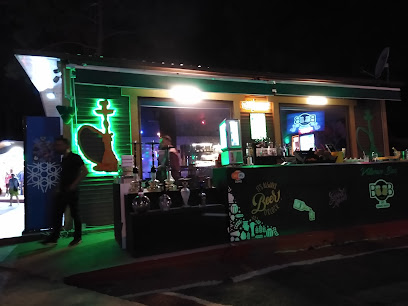
Rixos coffee bar
Discover Rixos Coffee Bar in Beldibi, where elegance meets relaxation, offering exquisite drinks and serene views in the heart of Antalya.

Grand Park Belt Shisha Bar
Discover the Grand Park Belt Shisha Bar in Beldibi, a vibrant retreat for relaxation and socializing with a variety of shisha flavors and refreshing drinks.
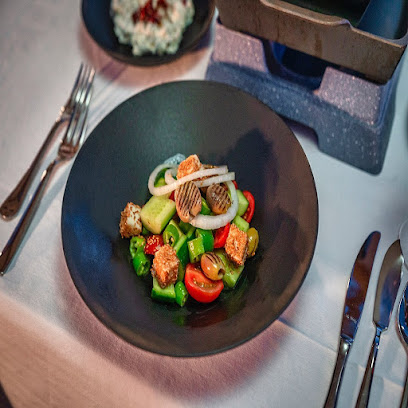
Flamıngo Bar
Experience the lively atmosphere of Flamıngo Bar in Kemer, where vibrant cocktails and friendly service create unforgettable nights.
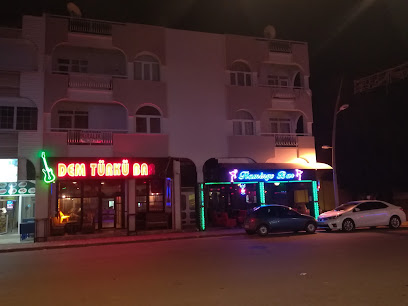
Oasis Bar
Experience the vibrant atmosphere and refreshing drinks at Oasis Bar in Göynük, Kemer, your perfect retreat in Antalya.
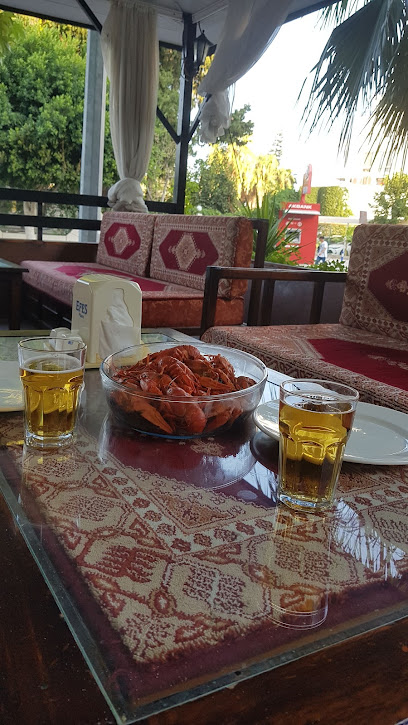
Oscar Grill Steak & Fish House
Experience exquisite steaks and fresh seafood at Oscar Grill Steak & Fish House in Beldibi, a culinary gem on the Antalya coast.
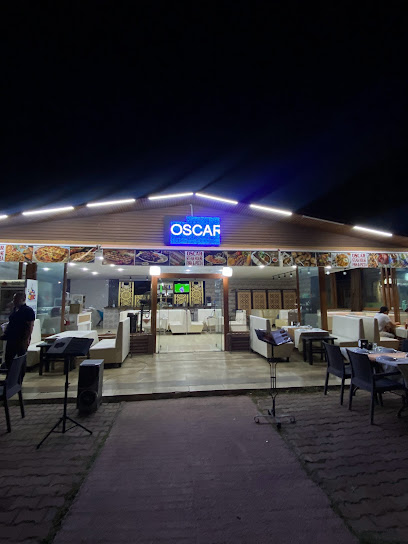
Viking Star Hotel Beach
Experience the ultimate relaxation at Viking Star Hotel Beach, a cocktail bar offering stunning views and exquisite drinks in beautiful Kemer.

Restoran Yörük Parki
Discover the charm of Restoran Yörük Parki in Kemer, where authentic Turkish flavors meet a welcoming atmosphere for an unforgettable experience.
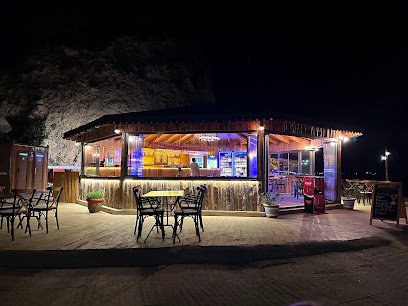
Garden Bar
Discover Garden Bar in Kemer, a vibrant beachside bar offering refreshing drinks and a relaxing atmosphere amidst stunning coastal beauty.
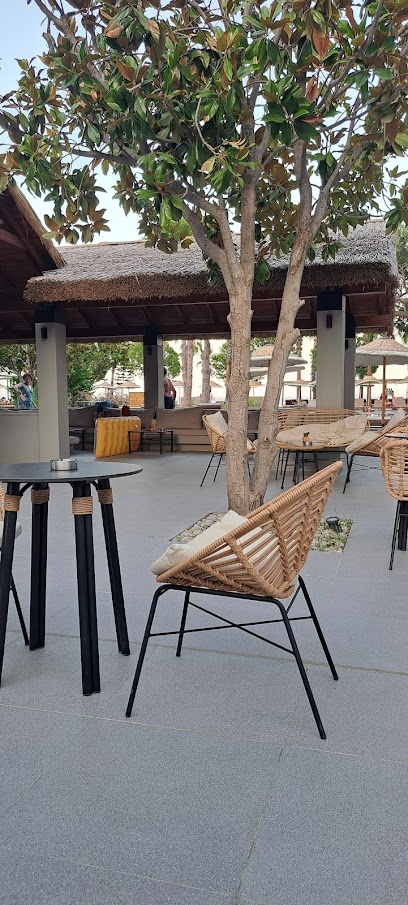
Local Phrases about Lycian Way
-
- HelloMerhaba
[Mehr-hah-bah] - GoodbyeHoşça kal
[Hosh-cha kal] - YesEvet
[Eh-vet] - NoHayır
[Ha-yuhr] - Please/You're welcomeLütfen
[Loot-fen] - Thank youTeşekkür ederim
[Teh-sheh-koor eh-deh-reem] - Excuse me/SorryÖzür dilerim
[Uz-oor dee-leh-reem] - How are you?Nasılsınız?
[Nah-suhl-suhn-uhz] - Fine. And you?İyi. Siz?
[Ee-yee. Sehz] - Do you speak English?İngilizce konuşuyor musunuz?
[Een-gee-leez-jeh koh-noo-shoo-yor moo-soo-nooz] - I don't understandAnlamıyorum
[Ahn-lah-muh-yor-um]
- HelloMerhaba
-
- I'd like to see the menu, pleaseMenüyü görmek istiyorum, lütfen
[Meh-noo-yoo gohr-mek ees-tee-yor-um, loot-fen] - I don't eat meatBen et yemem
[Behn eht yeh-mem] - Cheers!Şerefe!
[Sheh-reh-feh] - I would like to pay, pleaseÖdemek istiyorum, lütfen
[O-dehm-ek ees-tee-yor-um, loot-fen]
- I'd like to see the menu, pleaseMenüyü görmek istiyorum, lütfen
-
- Help!Yardım!
[Yar-duhm] - Go away!Uzaklaş!
[Oo-zahk-lahsh] - Call the Police!Polisi ara!
[Poh-lee-see ah-rah] - Call a doctor!Doktor çağır!
[Dohk-tohr chah-ur] - I'm lostKayboldum
[Kai-bohl-doom] - I'm illHastayım
[Hah-stah-yuhm]
- Help!Yardım!
-
- I'd like to buy...Satın almak istiyorum...
[Sa-tuhn ahl-mahk ees-tee-yor-um] - I'm just lookingSadece bakıyorum
[Sah-deh-jeh bah-kuh-yor-um] - How much is it?Ne kadar?
[Neh kah-dahr] - That's too expensiveBu çok pahalı
[Boo chohk pah-hah-luh] - Can you lower the price?Fiyatı düşürebilir misiniz?
[Fee-yah-tuh doo-shuh-reh-bee-leer mee-see-neez]
- I'd like to buy...Satın almak istiyorum...
-
- What time is it?Saat kaç?
[Sah-aht kahch] - It's one o'clockSaat bir
[Sah-aht beer] - Half past (10)On buçuk
[Ohn boo-chook] - MorningSabah
[Sah-bah] - AfternoonÖğleden sonra
[Oh-leh-dehn ah-sohr-ah] - EveningAkşam
[Ahk-shahm] - YesterdayDün
[Dewn] - TodayBugün
[Boo-goon] - TomorrowYarın
[Yah-ruhn] - 1Bir
[Beer] - 2İki
[Ee-kee] - 3Üç
[Oo-ch] - 4Dört
[Dohrt] - 5Beş
[Besh] - 6Altı
[Ahl-tuh] - 7Yedi
[Yeh-dee] - 8Sekiz
[Seh-keez] - 9Dokuz
[Doh-kooz] - 10On
[Ohn]
- What time is it?Saat kaç?
-
- Where's a/the...?... nerede?
[Neh-reh-deh] - What's the address?Adres nedir?
[Ah-drehs neh-deer] - Can you show me (on the map)?(Haritada) gösterebilir misiniz?
[(Hah-ree-tah-dah) gohs-teh-reh-beel-eer mee-see-neez] - When's the next (bus)?Sonraki (otobüs) ne zaman?
[Soan-rah-kee (oh-toh-booce) neh zah-mahn] - A ticket (to ....)Bir bilet (....'e)
[Beer bee-let (....'eh)]
- Where's a/the...?... nerede?
History of Lycian Way
-
Lycia, known as Lukka in ancient texts, was an independent region situated in what is now southwestern Turkey. It emerged during the late Bronze Age, around 1500 BCE. The Lycians were known for their unique language and customs, and their territory was characterized by mountainous terrain and coastal cities.
-
In the 6th century BCE, Lycia fell under the control of the Persian Empire during the reign of Cyrus the Great. Despite this dominance, the Lycians maintained a degree of autonomy and continued to practice their own customs and governance. The Persian influence introduced new administrative practices and infrastructural developments to the region.
-
Following the Persian Wars, Lycia came under the influence of Greek culture. During the 4th century BCE, Alexander the Great's conquest brought significant Hellenistic influences to the region. The Lycian cities of Xanthos, Patara, and Myra flourished as centers of trade and culture, blending local traditions with Greek practices.
-
In 43 BCE, Lycia became a Roman province, marking a period of peace and prosperity. The Romans invested heavily in infrastructure, building roads, aqueducts, and public buildings. This era saw the construction of grand amphitheaters, baths, and temples, many of which can still be seen today along the Lycian Way.
-
With the decline of the Roman Empire, Lycia became part of the Byzantine Empire. During this time, Christianity spread throughout the region, leading to the construction of many churches and monasteries. Notably, the city of Myra became an important religious center, known for its association with St. Nicholas, who later became known as Santa Claus.
-
In the 11th century, the Seljuk Turks began to penetrate the region, bringing with them Islamic culture and architecture. The Lycian Way saw the construction of caravanserais and other structures catering to traders and travelers. This era marked a blend of Byzantine and Seljuk influences, visible in the ruins along the trail.
-
By the 15th century, Lycia was incorporated into the Ottoman Empire. The Ottomans maintained the region's significance as a trade route, but the area saw less monumental construction compared to previous eras. In modern times, the Lycian Way has been developed into a long-distance footpath, offering hikers a journey through a landscape rich in historical and cultural legacy.
Lycian Way Essentials
-
The Lycian Way is located in the southwestern part of Turkiye, stretching from Fethiye to Antalya. The nearest international airports are Dalaman Airport for the western end and Antalya Airport for the eastern end. From either airport, you can take a bus or taxi to reach the starting points of the Lycian Way. Both airports have regular domestic and international flights, making them convenient entry points.
-
Public transportation options along the Lycian Way include buses and dolmuş (shared minibuses), which are affordable and frequent. Taxis are also available but can be more expensive. Renting a car offers flexibility and ease of access to remote trailheads. It's important to plan your transportation in advance, especially during peak tourist seasons, as some routes may have limited services.
-
The official currency in Turkiye is the Turkish Lira (TRY). Credit cards are widely accepted in hotels, restaurants, and larger shops, but it's advisable to carry cash, especially in smaller villages and rural areas. ATMs are available in major towns along the Lycian Way, but it's wise to withdraw sufficient cash before heading into more remote areas.
-
The Lycian Way is generally safe for tourists. However, it's important to take standard precautions such as avoiding walking alone at night in unfamiliar areas and keeping your belongings secure. There are no specific high-crime areas targeting tourists on the Lycian Way, but staying vigilant and aware of your surroundings is always advisable. Ensure you have a well-charged phone and share your itinerary with someone before you set off on long hikes.
-
In case of an emergency, dial 112 for immediate assistance. This number connects you to medical, police, and fire services. It is highly recommended to have travel insurance that covers medical emergencies. For minor health issues, pharmacies (eczane) are available in towns along the Lycian Way. Some trails can be remote, so carrying a basic first aid kit is advisable.
-
Fashion: Do wear comfortable and appropriate hiking gear, including sturdy shoes and weather-appropriate clothing. Avoid overly revealing clothing, especially in conservative rural areas. Religion: Do respect local customs and traditions, particularly when visiting mosques. Dress modestly and cover your head if required. Public Transport: Do be respectful and give up your seat to elderly passengers. Don't eat or drink on public transport. Greetings: Do greet people with a friendly 'Merhaba' (Hello). A handshake is common, and a slight bow of the head shows respect. Eating & Drinking: Do try local delicacies and accept food offerings graciously. Don't refuse hospitality, as it is considered impolite.
-
To experience the Lycian Way like a local, consider staying in guesthouses or pensions where you can interact with the host families. Visit local markets to buy fresh produce and traditional Turkish goods. Engage with locals, as they are often friendly and willing to share stories about the area's history and culture. Don't miss exploring ancient ruins and historical sites along the trail, such as the ruins of Patara, Myra, and Olympos.
Nearby Cities to Lycian Way
-
Things To Do in Fethiye
-
Things To Do in Alanya
-
Things To Do in Pamukkale
-
Things To Do in Marmaris
-
Things To Do in Rhodes
-
Things To Do in Konya
-
Things To Do in Polis Chrysochous
-
Things To Do in Paphos
-
Things To Do in Kato Paphos
-
Things To Do in Bodrum
-
Things To Do in Kyrenia
-
Things To Do in Troodos
-
Things To Do in Kos
-
Things To Do in Pissouri
-
Things To Do in Nicosia


